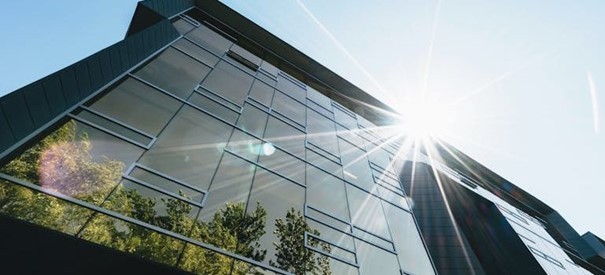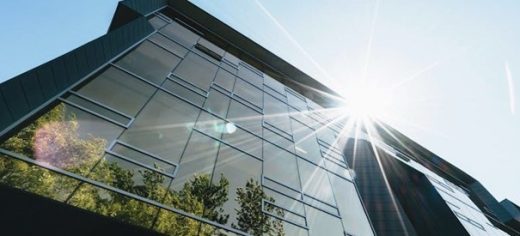Eco-friendly residential complex developments guide, Sustainable property design
Designing for Sustainability: Eco-Friendly Approaches in Residential Complex Developments
26 July 2024
As environmental concerns continue escalating, the imperative for sustainable design in residential complex developments grows more critical. Eco-friendly architecture minimizes the ecological footprint of construction and offers long-term benefits to developers and residents alike. So, designing for sustainability involves the thoughtful integration of renewable materials, energy efficiency, and harmonious environmental practices.
By embedding these principles from the outset, residential complexes can meet today’s environmental standards and anticipate future demands. These eco-friendly design practices can enhance both the functionality and aesthetic of residential complexes, ensuring they are sustainable sanctuaries for generations to come.
The Basics of Sustainable Architecture
Sustainable architecture is rooted in integrating environmentally friendly principles throughout the design and building process. Key to this approach is the use of renewable materials. This includes bamboo, recycled steel, and reclaimed wood, which significantly lower the carbon footprint of residential complexes. Additionally, sustainable design prioritizes incorporating energy sources like solar and wind, which are vital for reducing reliance on non-renewable energy.
Innovations in architectural design also promote the use of natural ventilation and lighting. The goal is to enhance energy efficiency while maintaining indoor environmental quality. We may still be far from the smart cities of the future, but by applying these sustainable architecture practices today, we are paving the way for more resilient and eco-conscious urban living. These foundational elements contribute to environmental sustainability and also offer economic benefits through reduced operational costs.
Alternative energy sources increase sustainability and reduce costs:
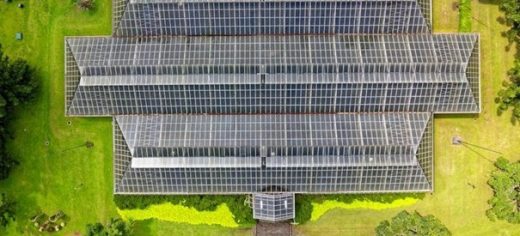
image source : pexels.com
Energy Efficiency: The Heart of Designing for Sustainability
Energy efficiency stands at the core of eco-friendly design, which is crucial in sustainable residential complex developments. Effective design strategies include maximizing the use of natural light. This reduces the dependency on artificial lighting during the daytime and enhances the quality of living in indoor spaces. Implementing smart home technologies for better energy management allows residents to monitor and adjust their energy use. As a result, it leads to further reductions in power consumption.
What’s more, well-planned insulation plays a key role in maintaining temperature balance, further reducing the need for heating and cooling. Incorporating solar lights for parking lots is another great idea, as these utilize renewable energy, providing cost-effective and sustainable illumination without taxing the electrical grid. These measures collectively ensure that residential complexes are not just habitable but are actively contributing to a sustainable future.
Water Conservation Techniques
Water conservation emphasizes the need to minimize water usage while maintaining modern comforts. One effective technique is the installation of low-flow fixtures in bathrooms and kitchens. This can significantly reduce water consumption without compromising functionality. Also, rainwater harvesting systems can be deployed to collect and store rainwater for landscaping and other non-potable uses, easing the demand for municipal water supplies.
Landscaping choices also play a huge role. For instance, opting for drought-resistant plants and xeriscaping can dramatically lower the amount of water required for outdoor spaces. Moreover, greywater recycling systems enable water reuse from showers and sinks for irrigation and flushing toilets, further optimizing water usage.
Designing for sustainability encompasses both the outdoor and indoor elements:
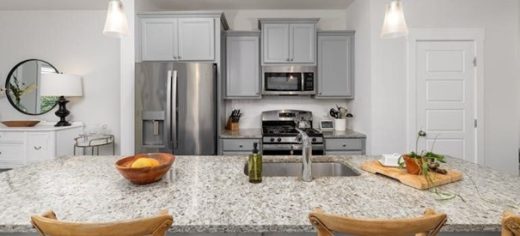
image source : pexels.com
Integrating Green Spaces
Integrating green spaces into residential complex developments serves more than an aesthetic purpose. It significantly enhances the efficiency of these spaces in promoting environmental health. Green roofs and vertical gardens improve air quality by filtering pollutants and help regulate building temperatures, reducing the need for air conditioning. These features contribute to an aesthetic and efficiency enhancement, melding beauty with practical environmental benefits.
Likewise, community gardens can transform unused spaces into vibrant areas that promote social interaction and provide residents with fresh produce, promoting a sustainable lifestyle. By incorporating these green spaces, developers can increase biodiversity, encourage wildlife habitats, and offer residents a tangible connection to nature within urban settings.
Waste Reduction Strategies in Construction
Designing for sustainability in residential complexes extends to the very foundation of construction, emphasizing waste reduction as a pivotal strategy. Effective waste management begins with the planning stage, where choosing designs that minimize waste generation is crucial. Employing modular construction techniques can significantly reduce onsite waste, as pre-fabricated elements are made to measure and generate less debris.
Recycling and reusing materials is another cornerstone of sustainable construction. Developers are encouraged to use reclaimed wood, metal, and crushed concrete in new projects. Implementing strict waste segregation protocols during the construction process ensures materials like plastics, metals, and glass are recycled correctly, reducing landfill contributions. Sourcing materials locally can also lessen the environmental impact associated with transportation. As a result, this approach reinforces the commitment to sustainability from start to finish in the building process.
Community-Centric Design for Sustainability
Community-centric design focuses on tailoring residential complexes to their inhabitants’ specific needs and values. Engaging with the community from the early stages of design ensures that the project reflects and supports the local culture and environment. This approach can lead to the creation of shared spaces that encourage sustainable practices, such as communal recycling centers or car-sharing programs.
Such features not only enhance the community’s social fabric but also significantly reduce your building’s footprint by promoting resource efficiency and reducing waste. Ultimately, community-centric design fosters a sense of ownership and pride among residents, making sustainability a shared goal rather than a mandated policy.
Community spirit matters in sustainable design:
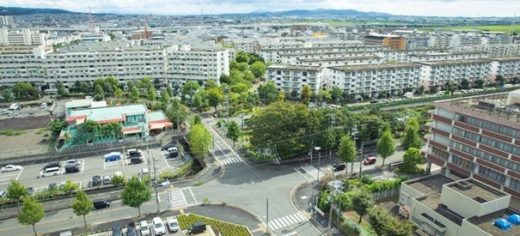
image source : pexels.com
The Role of Certifications and Regulations
Adopting green building certifications and adhering to environmental regulations play a pivotal role in guiding and validating the sustainability of residential complex developments. Certifications like LEED, BREEAM, or the Living Building Challenge set comprehensive standards. These cover energy use, water conservation, and material sourcing, providing a clear path to sustainability that developers can follow.
These frameworks ensure that buildings meet high environmental performance standards. However, they also offer a competitive advantage in the real estate market, attracting eco-conscious tenants and buyers. Local and international regulations also often mandate certain sustainability practices, making compliance a legal requirement and an ethical obligation.
Embracing a Greener Future in Residential Design
Designing for sustainability in residential complex developments is beneficial and essential for a sustainable future. These eco-friendly approaches, from energy efficiency to community-centric designs, not only protect the environment but also enhance the quality of life for residents. By implementing these strategies, developers can lead the charge toward more sustainable living spaces that are both efficient and inviting.
Comments on this guide to Eco-friendly residential complex developments article are welcome.
Home Improvement
Home Improvement Posts
9 budget home improvement ideas for architects
Estimating your home improvement costs
Home improvement tips to give old house a fresh look
Upgrading your property: home improvement projects
Architects and Architecture
Architects and Architecture by Type – architectural selection below:
Comments / photos for the Eco-friendly residential complex developments advice page welcome.

